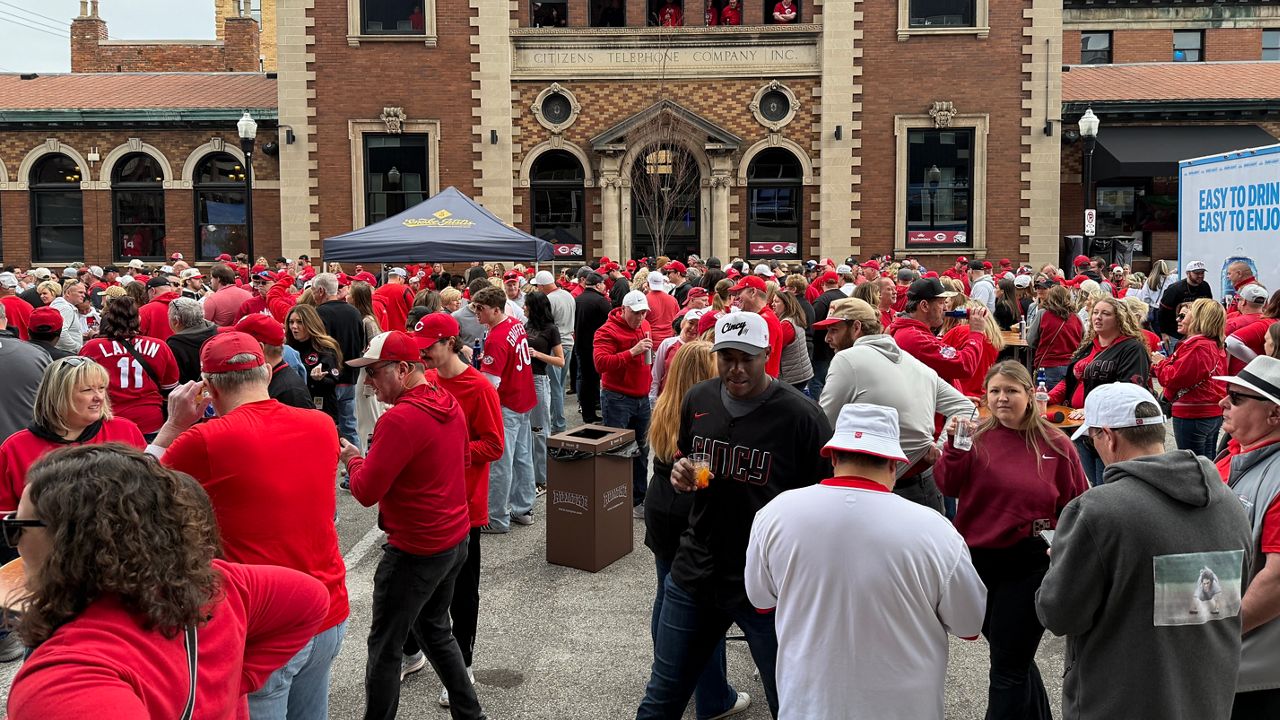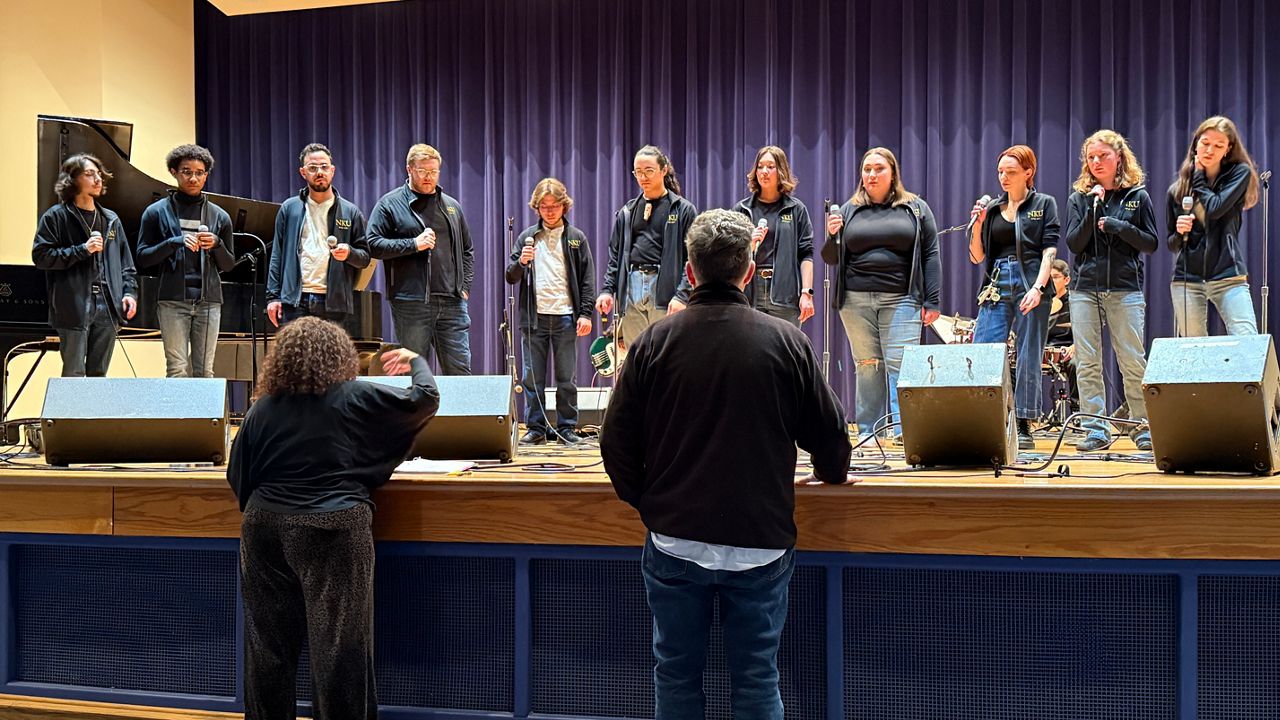COVINGTON, Ky. — The Kentucky Transportation Cabinet, along with the Ohio Department of Transportation, gave an update on the Brent Spence Bridge Corridor project on Feb 20.
Some people raised concerns about the traffic it could create in their neighborhoods during construction.
Mike Hoerlein popped into the public hearing to gather information. After all these years, it was a little surreal to Hoerlein, along with many in Northern Kentucky, to see the project finally moving forward.
“I guess it’s good to finally see it come to light. It’s been a long time coming,” he said. “I can’t figure out how it’s going to work. Like how they’ll get one next to the other without needing to add a whole bunch of more stuff. But it seems like it’s developed and looks like it’s going to work on paper.”
KYTC and ODOT took public comment from citizens about the $3.6 billion project, which aims to improve traffic flow and safety along the Interstate-71/I-75 corridor. It will rehabilitate and reconfigure the existing bridge, while adding a new double-decker companion bridge to carry through interstate traffic.
Anne Mitchell is hoping construction isn’t overly disruptive to local traffic.
“During the repair period for the Brent Spence, we had an enormous amount of trouble with trucks coming down through the residential neighborhoods, because they didn’t know exactly where to go. I think that rerouting through trucks during the construction period on 275 would be a huge help in avoiding that going forward,” Mitchell said.
Hoerlein, a public works employee in Fort Wright, had similar concerns for his city.
“How is that going to impact traffic for a while? There’s a lot of people that already cut through fort wright that have it jammed up in the mornings and afternoons. So what’s going to happen? When they’re adding lanes or changing lanes, how many more people are going to be stuck coming off our exit? It’s a concern sometimes when you’re off work and on the side of the road. Everybody’s racing through there, so you gotta make sure it’s not a whole lot of extra cars,” he said.
ODOT and KYTC say there will indeed be impacts.
“But those impacts are going to be temporary. And the project team is working to minimize them as much as possible,” said Jodi Heflin of HNTB, an engineering company involved in the project. “They’re going to be developing detailed traffic management, maintenance of traffic, and incident management plans to minimize disruptions. And you, the public, can expect frequent updates on construction activity, so that you can plan accordingly during that construction process.”
Other impacts include four residential relocations, one partial commercial relocation and 24 full commercial relocations. But the departments say it will be well worth it to improve one of the most important corridors in the country.
Construction is expected to begin in early 2025 and will last through 2029.










